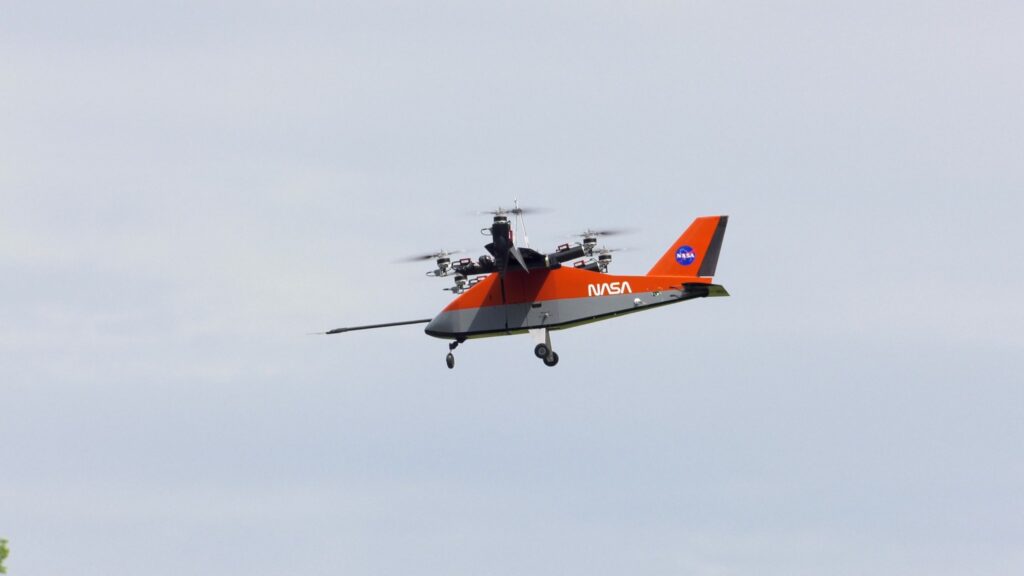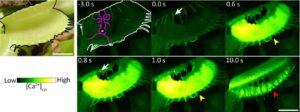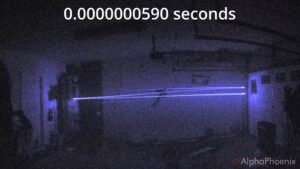
NASA is making significant strides in air taxi technology by conducting flight tests on a scaled-down electric Vertical Takeoff and Landing (eVTOL) aircraft. This initiative aims to gather essential data that will inform the design and control systems of future air taxis, ultimately enhancing urban air mobility.
The tests are taking place at NASA’s Langley Research Center in Hampton, Virginia. On April 22, 2025, the Research Aircraft for eVTOL Enabling Technologies Subscale Wind Tunnel and Flight Test (RAVEN SWFT) completed a successful free flight test. This aircraft, resembling an air taxi, serves as a testbed for engineers to better understand flight dynamics and to develop effective flight control systems.
As the air taxi industry evolves, obtaining real-world data is crucial. Most companies developing these aircraft typically keep their operational data confidential. In contrast, NASA aims to provide publicly accessible, non-proprietary data derived from its flight tests.
Siena Whiteside, who leads the RAVEN project, emphasized the importance of this research: “NASA’s ability to perform high-risk flight research for increasingly automated and autonomous aircraft is really important. We need to be able to push the aircraft to its limits and understand what happens when an unforeseen event occurs.” This includes scenarios such as a motor failure during flight. NASA is committed to sharing these findings to benefit the broader aviation community.
Testing New Technologies
The RAVEN SWFT is a smaller version of a full-sized aircraft, weighing approximately 38 pounds and featuring a wingspan of six feet. It consists of 24 independently moving components, known as “control effectors,” which allow the craft to alter its motion during flight. This design makes it ideal for testing advanced flight controls and autonomous flight research.
Initial tests in 2024 utilized the 12-Foot Low-Speed Tunnel at NASA’s Langley Research Center. Following wind tunnel evaluations, the team progressed to remote piloting of the aircraft, initially tethered and now in free flight. The insights gained from wind tunnel testing have proven invaluable, enabling researchers to refine their approach and mitigate risks during actual flight tests.
Real-time data collection during these tests accelerates the design process, allowing engineers to quickly adapt and update the aircraft’s control software. Changes can be uploaded in under five minutes, significantly reducing the time required to gather critical flight data.
Collaborative Efforts and Future Developments
NASA developed the flight control software in partnership with MathWorks under a Space Act Agreement. This collaboration aims to streamline the design and testing processes for flight control systems applicable to novel aircraft designs.
The RAVEN SWFT project is seen as a precursor to a larger, approximately 1,000-pound aircraft that will closely resemble an air taxi. This larger model is being developed in collaboration with the Georgia Institute of Technology and will also serve as a research tool to study noise levels generated by air taxi-like aircraft.
By conducting thorough flight research and making the data available to the public, NASA seeks to enhance U.S. leadership in the development of safe, quiet, and affordable advanced air mobility solutions. The ongoing efforts signify a crucial step towards the integration of air taxis into everyday urban transportation.
With these advancements, NASA is not only paving the way for the future of air travel but is also fostering a collaborative environment that encourages innovation across the aviation sector.







